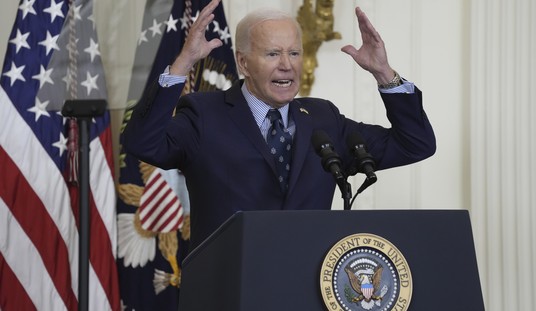One of the most common attacks on the National Rifle Association is that it supposedly prevents academics from doing research on firearms. “[Academics] were forced to stop their work at the point of a gun—or at least at the insistence of National Rifle Association,” wrote the Washington Post of the 1996 Dickey Amendment. Susan Sorenson of the University of Pennsylvania believes that the loss of federal funding has “decimated the field.”
On Monday, the Democrat controlled House Committee on Appropriations allocated $50 million more for Public Health research. These medical professionals try applying the tools that they developed for disease to study crime, accidental death, and suicide.
Despite these claims, the much reviled Dickey Amendment never actually forbade research funded by the Centers for Disease Control. It simply stated: “None of the funds made available for injury prevention and control at the Centers for Disease Control and Prevention may be used to advocate or promote gun control.” The Amendment came in response to top CDC officials advocating various gun control laws, such as prohibiting people from carrying concealed handguns.
“Academic publishing on firearm violence fell by 60% between 1996 and 2010,” claimed Mayors Against Illegal Guns in a January 2013 report. But the group actually measured something different, firearms research as a percentage of all medical research. There was no decrease in either the total number of papers or pages devoted to firearms research. But with whole new fields of medicine being developed, there was an explosion of published medical studies in other areas.
Since 2011, firearms research in medical journals has increased more than five-fold, as Michael Bloomberg has poured untold tens of millions of dollars into the effort. By the fall of 2013, George Soros’ Open Society Foundation and the equally left-wing Joyce and MacArthur Foundations had amassed $16 million for the Fund for a Safer Future.
Recommended
In 2013, President Obama met with 23 large foundations to fund research that would support a national push for gun control. States such as California and New Jersey have devoted millions of dollars into the effort. In 2018, the RAND Corporation announced a $20 million fund which they hope will “grow to $50 million.”
The federal government has also splurged on firearms research, spending over $43 million between 2015 and 2018. In 2016 and 2017, the National Institute of Justice gave a total of $1.3 million to just one group headed by Boston University gun control advocate Michael Siegel. I have been an academic for most of my life and can’t fathom how one could legitimately spend that much money on the small studies that came out of the grants. But no one seems to worry whether this research money is being wasted.
Academics David Stark and Nigam Shah stated in a widely referenced letter to the Journal of the American Medical Association: “Between 2004 and 2015, gun violence research was substantially underfunded and understudied relative to other leading causes of death, based on mortality rates for each cause.”
Yet, this claim assumes that the life-saving benefits of a dollar spent on research is the same across 30 different causes of mortality, from heart disease to shootings. No cost-benefit analysis exists on the life-saving effects of different studies. Doctors who study diseases use very different methodologies than the public health academics who dominate firearms research in medical journals. Controlled, randomized testing of a drug is quite different from studying human social behavior.
Stark and Shah compare federal funding for different types of research, but about 97% of all medical journal research on firearms is not federally funded. Most of it is funded by universities, but looking at just federal funding misses that. Furthermore, just looking at medical journals means excluding firearms research by economists, criminologists, and law professors. While cancer research is only published in medical journals, that is definitely not true of firearms research. Also, cancer research may simply require more funding due to a need for costly laboratory equipment.
All this money from the government as well as people such as Michael Bloomberg and these foundations is going overwhelmingly to public health researchers who consistently produce incredibly poorly done and misleading studies.
These researchers cherry pick a particular state in particular years. If 20 states have passed a law, why look at just one? It doesn’t make sense to claim that a Connecticut gun licensing law caused a 40% drop in the state’s homicide rate when homicide rates fell nationally by 32%. If the period of study had been one year longer or one year shorter, the national drop would have been much larger.
Studies try to scare Americans into not owning guns in the home because of claimed risks to children. To exaggerate the risks that households face with guns, researchers lump in gang fights involving “children” who are 18 and 19 years of age.
Unfortunately, politicians and their appointees just can’t keep politics out of their decisions on whom to give money. That is too bad because people’s safety is what is short changed.
Lott is the president of the Crime Prevention Research Center and the author most recently of “The War on Guns.”

























Join the conversation as a VIP Member